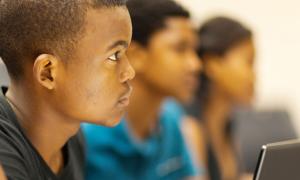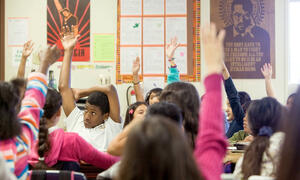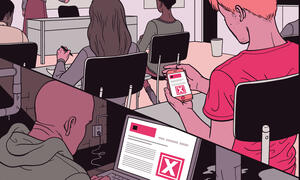article
For White Allies in Search of a Solution to American Racism / When Folks of Color Are Exhausted

Racism, white privilege and white supremacy are challenges that people of color neither created nor should be expected to resolve. This scholar encourages white allies to step up.







